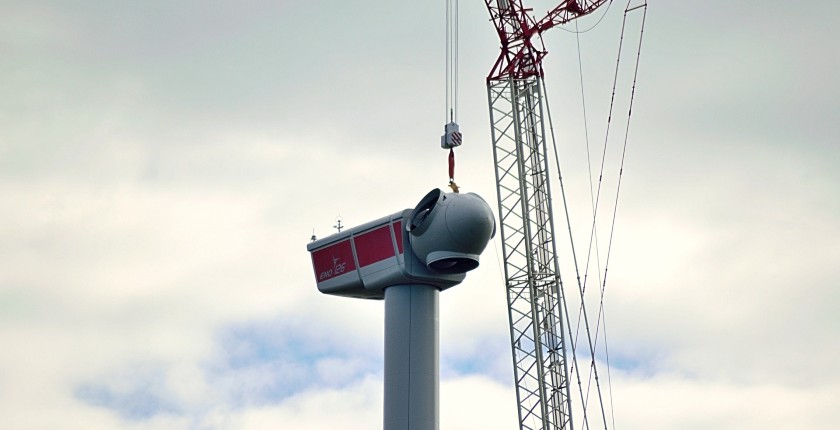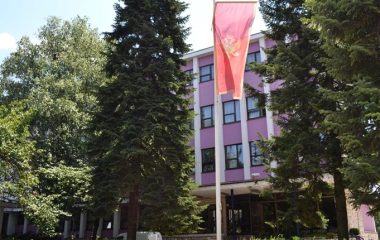
Photo: Hans Linde from Pixabay
WindEurope said investments in wind energy in Europe fell in 2022 with orders for wind turbines dropping 47% on an annual basis. It is the continuation of the downward trend as orders have been declining since the first quarter of 2021.
Inflation is a major issue as costs are rising at a higher rate than prospective revenues, WindEurope said, adding that investors are also being turned away by unhelpful national interventions in electricity markets.
The organization earlier said wind turbine orders have dropped 36% year over year in the third quarter of 2022. However, developers added a total of 15 GW in capacity last year or a third more than in 2021.
Final investment decisions for several wind farms were delayed due to inflation, market interventions and uncertainty about future revenues
Only 9 GW of turbine orders were registered in the European Union in 2022, the association revealed. It reflects a fall in investments in wind energy that were announced last year: the first 11 months saw final investment decisions for only 12 GW of new wind farms.
The EU needs to build 30 GW of new wind farms a year under its new energy and climate security targets, WindEurope noted.
It said several offshore wind farms were expected to reach a financial close last year, but that final investment decisions were delayed due to inflation, market interventions and uncertainty about future revenues.
Inflation, price cap created confusion, uncertainty
Inflation in commodity prices and other input costs boosted the price of wind turbines by up to 40% over the last two years. However, prospective revenues have failed to keep pace, so governments must ensure full indexation of prices for payments in the wind energy sector, the report adds.
According to the organization, unhelpful interventions in electricity markets by different national governments have compounded the inflation challenge. The fact that governments have been able to deviate from the EU’s emergency EUR 180 per MWh revenue cap on generators and set different caps for different technologies has created confusion and uncertainty.
Dickson: Investors are leaving the EU
“Last year’s market interventions have made Europe less attractive for renewables investors than the US, Australia and elsewhere. They impacted the business case for renewable energy projects across Europe. The figures for wind turbine orders in 2022 should ring an alarm bell: Europe’s energy and climate targets are at risk if the EU fails to ensure an attractive investment environment for renewables,” WindEurope CEO Giles Dickson said.
The update highlights the importance of the Net-Zero Industry Act, which was presented this week.
“The EU needs to set up the mechanisms and get the money moving ASAP. Clean energy industries are debating where they should invest and need clear signals now if it’s going to be Europe,” Dickson stressed.
WindEurope also warned the EU not to make another mistake with the revision of the electricity market design, which will be announced in March.









Be the first one to comment on this article.